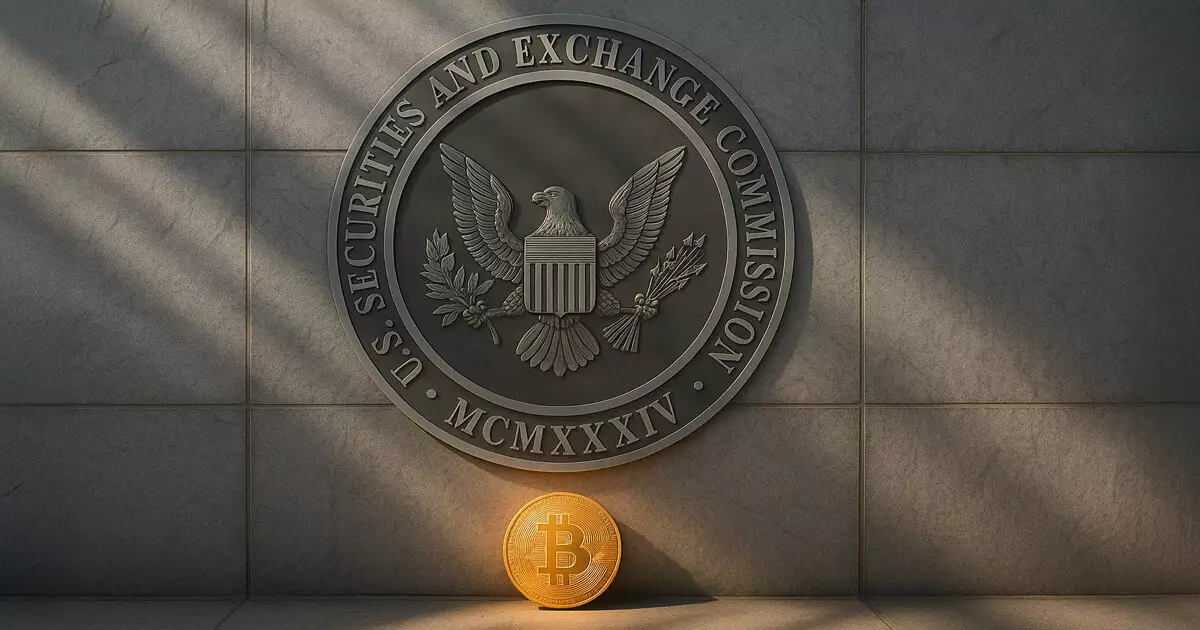The world of cryptocurrencies has breathed a collective sigh of anticipation as the U.S. Securities and Exchange Commission (SEC) scrutinizes a staggering 72 different filings for cryptocurrency exchange-traded funds (ETFs). This flood of proposals suggests an ambitious vision to democratize access to a wide range of digital assets, from established cryptocurrencies like Bitcoin and Ethereum to the more niche offerings like Dogecoin and memecoins. It appears that everyone wants a piece of the crypto pie, but this eagerness is laced with complexities that warrant critical examination.
Beyond Bitcoin: A Deluge of Choices
While Bitcoin has long reigned as the king of cryptocurrencies, accounting for about 90% of global crypto fund assets, the plethora of new ETFs indicates an effort to broaden the investment landscape. What stands out is the emergence of products tied to Solana and XRP, alongside leveraged and inverse strategies that target the more speculative trader. It’s almost akin to a popular band branching out beyond its signature sound—likely to capture a wider audience but potentially diluting the brand’s authenticity. The SEC’s review of these ETFs will ultimately define the crypto landscape, but it raises essential questions: Are we enabling informed investment, or are we dealing in a world of speculative frenzy?
Is This the Future of Investment or a Bubble Waiting to Burst?
While the prospect of diverse crypto ETFs may sound alluring, it also pushes us closer to a speculative minefield. The comparison drawn by Eric Balchunas, likening the approval of an ETF to getting added to major music streaming platforms, is only partly reassuring. Yes, being “ETF-ized” places cryptocurrencies within easier reach for investors, but it doesn’t guarantee understanding or responsible investment. The crypto space is notorious for its volatility and speculative trading—pair that with the uncertainties surrounding memecoins and the inherent risk escalates dramatically.
Moreover, as the SEC’s decisions loom, we must confront the elephant in the room: Bitcoin’s dominance is not likely to change significantly in the short run. Estimates suggest that Bitcoin’s share may still hover between 80% to 85% in the long term. This dominance begs the question: Are we merely reshuffling the deck chairs on a sinking ship, or is there a genuine opportunity for innovation?
The Need for Thoughtful Regulation
Now, more than ever, we need the SEC to exercise a careful balancing act between encouraging innovation and protecting investors from potential pitfalls. As we move forward, the SEC must not only evaluate the proposed ETFs based solely on their potential profit margins but also consider their systemic impact. The urgency for clarity in regulatory frameworks cannot be overstated; without it, we risk creating a chaotic market that undermines the very ethos of cryptocurrency—transparency and decentralization.
Collectively, these developments highlight the critical juncture at which the crypto ETF landscape currently resides. With 72 proposals currently in limbo, we must ask ourselves whether we are genuinely paving the way for the next era of investment or if this whirlwind of activity is simply a precursor to market instability and investor disillusionment. The character of the cryptocurrency market is evolving, and how we respond to this evolution will shape its future trajectory.
















Leave a Reply